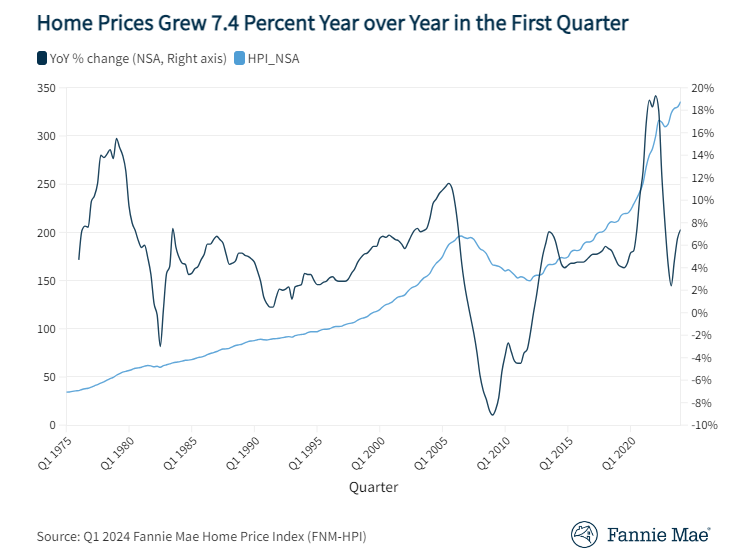
What Fraud Costs Mortgage Originators

The front end of the mortgage process is identified as a key entry point for fraudsters.
- A large majority of firms reported an overall fraud increase during the past one to three years.
- Depository originators — those who work for banks — have the highest costs where every $1 of fraud costs them $5.34.
- Fraud costs mostly come from consumers seeking to purchase a new home through online and mobile transactions.
- The study found that firms using multi-layered solutions integrated with cybersecurity and digital customer experience operations can lower fraud and subsequent costs.
How exactly does fraud impact mortgage originators? A new study by LexisNexis Risk Solutions, titled True Cost of Fraud Study for Real Estate, investigated that exact question by surveying 360 risk and fraud executives in the industry to analyze current fraud trends in the United States mortgage originator, mortgage services and title/settlement markets. The study also identifies key pain points related to fraud detection, prevention, and customer experience.
The findings reveal that a large majority of firms reported an overall fraud increase during the past one to three years. Consumer fraud accounts for about two-thirds of lender and servicer fraud losses over the last 12 months.
A significant majority of firms indicated that the pandemic triggered this increase in application fraud across channels, not just online and mobile. The front end of the mortgage process, application fraud, is identified as a key entry point for fraudsters.
Attacks & Cost
The cost and volume of mortgage-related fraud is quite high for originators, servicers and title/settlement firms. Fraud detection, investigation, reporting and recovery requires added labor and makes up a significant part of these costs. Depository originators — those who work for banks rather than non-banks — have the highest costs where every $1 of fraud costs them $5.34. Non-depository originators (non-bank mortgage lenders) realize an average cost of $4.66 for every $1 of fraud.
Impact Of Digital Transactions
Fraud costs mostly come from consumers seeking to purchase a new home through online and mobile transactions. Direct-to-consumer (retail) and correspondent lending are the leading transaction types, with retail representing a larger share of fraud costs and average monthly attacks. However, depository originators and title/settlement companies also experience a sizable portion of fraud losses from construction-related loans.
"Although the future is uncertain it's safe to assume that the accelerated movement to online/mobile transactions will continue to grow and that mortgage originators, servicers and title/settlement companies should build out and enhance the digital customer experience while protecting against fraud,” Dawn Hill, director of real estate fraud and identity strategy at LexisNexis Risk Solutions, said.
Top Fraud Challenges
Identity verification is a top challenge for mortgage originators, servicers, and title/settlement companies. It’s particularly challenging to assess digital identity attributes such as email/phone number and identifying synthetic identities. This contributes to other issues related to customer friction, the inability to detect malicious bots and difficulties distinguishing between legitimate and fake consumers. The pandemic and growing mobile channel have added fuel to these issues and increase risk fraud with call center / phone-based interactions.
Best Practices
The study found that firms using multi-layered solutions integrated with cybersecurity and digital customer experience operations can lower fraud and subsequent costs while improving identity verification and fraud detection effectiveness. Integrating fraud prevention with cybersecurity operations throughout the digital customer experience and layering in supportive capabilities such as artificial intelligence and machine learning can strengthen fraud prevention.
"A successful fraud detection and prevention approach involves an integration of technology, cybersecurity and digital experience operations in a way that addresses the unique risks from different transaction channels and payment methods, as well as by individuals and types of transactions,” Hill added.
Overall, every $1 of fraud now costs U.S. retail and ecommerce merchants an average of $3.60 which is 15% higher than the pre-Covid study in 2019 which was at $3.13. This also represents a 7.1% rise since the 2020 survey which was conducted during the pandemic.




